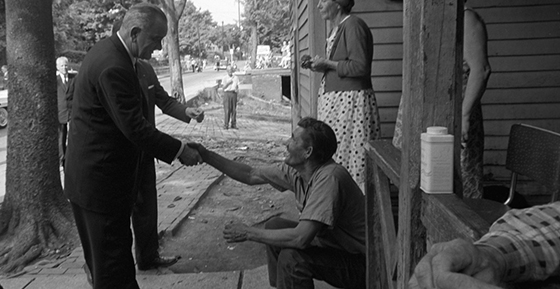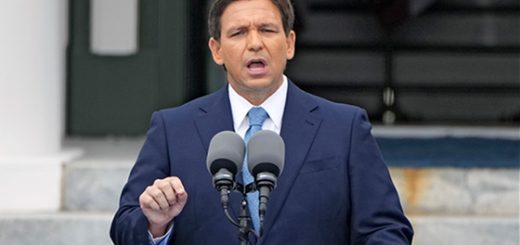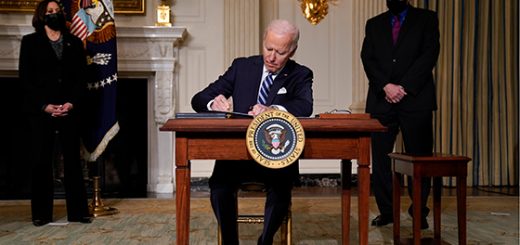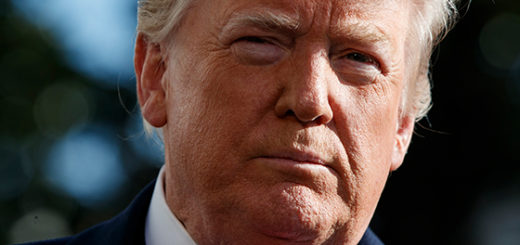The latest news from the “front.”
Listen To You Tell Me Texas Friday 9/19/14
Download
This week (week of Sep 15, 2014) the Census Bureau released a report that you probably will otherwise never hear about even though you should. Once a year, the government releases a report on poverty in the United States and if people would take the time to read it, and if the media would take the time to report on it, the Republic would be better off.
In 1964, President Lyndon Johnson said in his State of the Union address that the country was declaring “unconditional war on poverty in America.” From that speech has emerged an alphabet soup of more than 80 federal programs intended to address the problems attendant to poverty in the richest nation in the world.
From the beginning of the War on Poverty, U.S. taxpayers have funded $22 trillion in inflation-adjusted expenditures fighting a metaphorical war.
To put that number in perspective, it is more than seven times the amount spent on actual physical wars from the American Revolution in the 18th century through the wars in Iraq and Afghanistan in the 21st – a span that includes two world wars, one of which constituted the largest mobilization of military force in all of recorded history.
And so a reasonable question to ask after 50 years of “fighting” is, ‘How goes the war?”
Not so good as it turns out. Much like many of America’s wars since World War II, it’s a stalemate at best.
The poverty rate in the United States today stands at 14.5 percent, essentially unchanged from 1967. That rate has on various occasions been a couple of points below 14 percent and a couple of points above 14 percent but the running average over 50 years is essentially unchanged.
If the goal of the War on Poverty was to significantly reduce the proportion of the population living below the so-called “poverty line,” which is itself a bit subjective, one would have to say that so far the war is a draw.
And I’ll bet you didn’t know this. In 1950, the poverty rate in America was 32.2 percent. By 1965, the poverty rate had fallen on its own by more than half – only to remain stuck at that level once welfare spending began to explode.
This begs the question; would we have been better off to have simply allowed an expanding economy, an increasingly educated populace and the natural instincts of a free and independent people to continue reducing poverty naturally?
Those who promote and defend liberal anti-poverty programs do so on a purely anecdotal basis, it being impossible to make a supportable argument based on actual hard data.
It is all but axiomatic that whenever we enact a sweeping federal program, at no time subsequent to the enactment do we measure the actual results against the original good intentions.
Against that test, the War on Poverty has been a failure. It’s time to say so. And it’s time to allow the knowledge of that failure to inform the debate on future federal programs.









Great column, excellent analysis, but a sad commentary. Yes, the average person may not know all the facts–undeniable facts–laid out here, but the elites who push one anti-poverty plan after another, they KNOW their constant track record of failure, yet they press on, squandering the next billion and then another and another.
The liberal agenda is to make people think that they are trying to help when actually they are making things worse. Take the min wage. That is supposed to make people better off when it actually is doing just the opposite. When you burden a business with having to pay across the board a set amount of money to people who you have to go to the expense to train, yet have no incentive to learn knowing they are going to make a certain amount no matter what they do, is a drain on that company. Not only that, whatever product they are selling, has to either go up in price or they have to cut back on staff or go out of business altogether. When the cost of a product goes up, we all suffer. When a business lays people off, we all suffer. When they go out of business, we ALL suffer. Not only that, the powers that be have it figured out that no matter how much the min wage goes up, there will be taxes that will counter that increase to keep you in a certain level economically. The liberal agenda is to KEEP people on a certain level in order to weld control in order to keep them in power. It is a cycle that needs to be broken…a HABIT that needs to be broken because it is taking us under at a tremendous rate and it all started with a “war” on poverty which will NEVER be won!!!
“The road to hell is filled with good intensions”
its still true.
Why isn’t there a yearly report on this. I understand some departments should be sun-setted & yet they are not . Apparently they all run on autopilot with zero accountability.
Why?